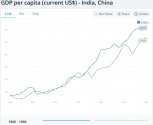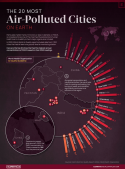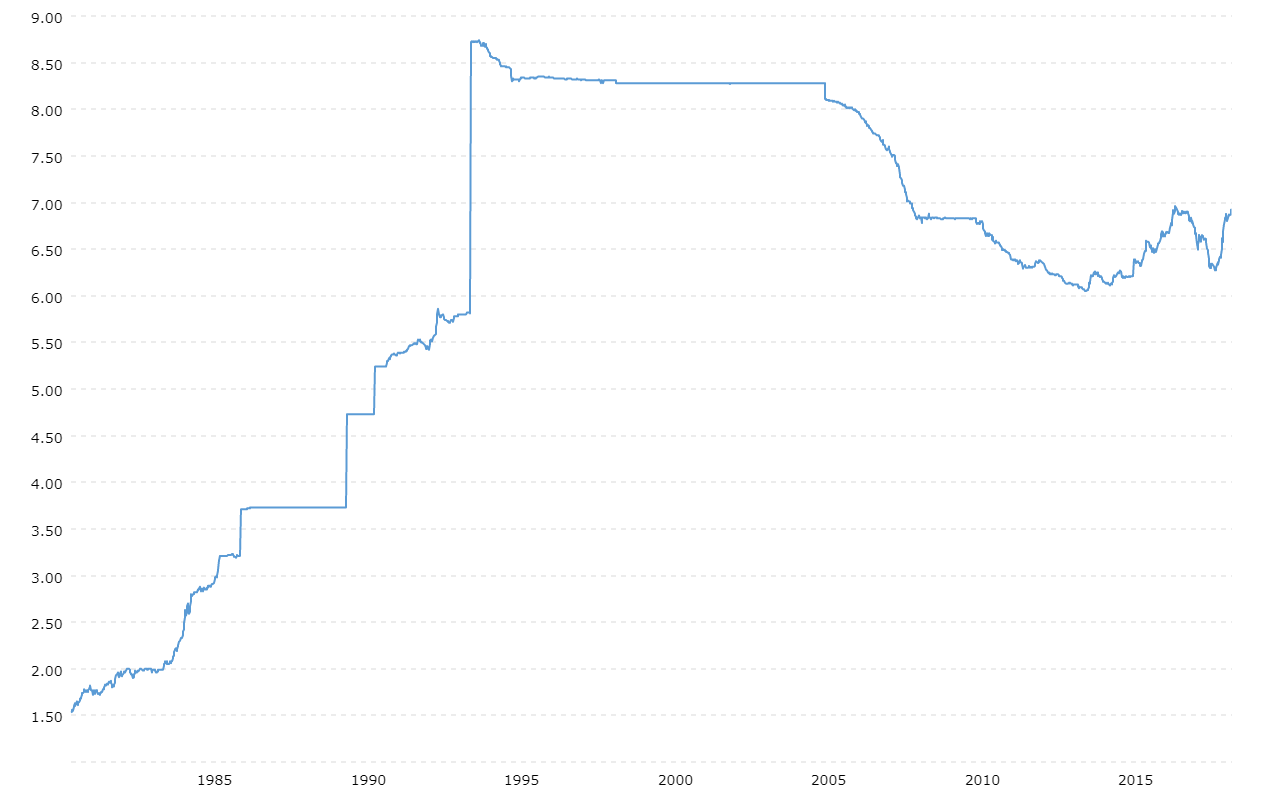proelite
Junior Member
Wait until I tell you that perhaps India isn't even growing at 5%.
Is India not following this formula? private consumption + gross private investment + government investment + government spending + (exports – imports)
Wait until I tell you that perhaps India isn't even growing at 5%.
Pharmaceutical companies have become so relying on Indian manufactures even if drugs got contaminated, the US doesn't have much of recourse. Drug shortages have become so common that there is little alternatives.
India is a typical capitalist state even though the National Congress Party in the early time tried to portrait India's socialism.India invested a lot in tertiary and higher education for a small minority at the expense of basic primary and secondary education for the majority of its population.
Well, I don't think the Indians (as a whole reprented by the government) did it on purpose to skip. It is the only option they have because they can not do anything like China did. The rich refuses to train the poor to become skilled worker, therefor the rich can not build a factory, so they can only work on their own as a small highly educated group. Since their business is not tied to a specific land, work force or infrastructure, they can move anywhere if possible including leaving India.The idea was it would allow India to skip the transition China made and developing countries by going from a primary sector economy directly to a service oriented economy. It would also allow India to take on ambitious projects like the space programme.
That's not the function of the rich but the state - and the Indian state abdicated its duty.The rich refuses to train the poor to become skilled worker
It is like that now, but it wasn't always the case. India was indeed socialist prior to 1990. The amount of state control was non-trivial. Besides, I think the capitalist/socialist dichotomy is misleading. Sweden managed to achieved nearly full literacy among its children despite being a capitalist country prior to the establishment of the welfare state in the 1930s. India still hasn't achieved 100% literacy even among its youth.India is a typical capitalist state even though the National Congress Party in the early time tried to portrait India's socialism.

It was India's policy. They have a number of universities ranked quite highly on international rankings. It's relatively unique for a third world country. How do you think they got that? Through government investment. The same with grants to students studying or training abroad.India is a typical capitalist state even though the National Congress Party in the early time tried to portrait India's socialism.
Any social investment is based on the tax from the community. The rich people pay high tax (not high ratio but due to higher income) will get better service. The people in the slum and country side get almost no service. The rich area is as good as a western city in terms of road, electricity etc. Just a street away it can be dirty road. I get to know this from both an Indian imigrant of middle class and my friend who frequently travel to India for business.
In China, when necessary money is transferred from the rich people or region to the poor to bring up the skill who in turn becomes the new working force in the factory. The government then gains more tax from the increased output. This is a positive feedback. So the poor is a profitable investment (in capitalist term) instead of a burden as in India
Well, I don't think the Indians (as a whole reprented by the government) did it on purpose to skip. It is the only option they have because they can not do anything like China did. The rich refuses to train the poor to become skilled worker, therefor the rich can not build a factory, so they can only work on their own as a small highly educated group. Since their business is not tied to a specific land, work force or infrastructure, they can move anywhere if possible including leaving India.
To be fair, India isn't unique in this sense compared to other developing countries, it only looks more prominent due to its much larger size. The key thing is that China is a communist state with majority of social wealth in the hand of state (90% before, now 50-60%), so the state can make wealth transferring and prioritizing. It was the farmers who finansed China's early industrilization in the 1950s to 1970s, now it is the feedback from the coastal cities to the deep inland country side.

According to the World Health Organization (WHO), almost the entire global population (99%) breathes air that WHO air quality limits.
In the above map, we use 2022 average PM2.5 concentrations from IQAir’s to visualize the most air-polluted major cities in the world.
According to a by the Health Effects Institute, 6.67 million people died as a result of air pollution in 2019.
In addition to the millions of premature deaths each year, the global cost of health damages associated with air pollution currently sits at .
The MX Player app was made in India I think.Despite India being virtually synonymous with IT and computers, I can't think of a single software product that was made in India.
a $50 difference in GDP per capita is meaningless, especially in low income and closed economies without floating currencies like how both China and India were. A modern example: do Congolese live significantly better than Somalians or Sierra Leoneans?That's not the function of the rich but the state - and the Indian state abdicated its duty.
One could of course ask why the state refused to do its job. I don't think it's a question of lacking capability but rather a lack of will. Who dominated the upper echelons of the Indian state in the first 50 years? Caste inevitably must become part of the conservation.
Your "middle-class Indian friend" is likely part of the top 5% in his country. If not top 1%. Many Indian elites have a tendency to refer to themselves as "middle-class". Once you understand that they mean Western middle-class, it all falls into place.
It is like that now, but it wasn't always the case. India was indeed socialist prior to 1990. The amount of state control was non-trivial. Besides, I think the capitalist/socialist dichotomy is misleading. Sweden managed to achieved nearly full literacy among its children despite being a capitalist country prior to the establishment of the welfare state in the 1930s. India still hasn't achieved 100% literacy even among its youth.
Moreover, India was richer than China for most of the postwar era up until the 1990s.
View attachment 113786
Yet China managed to educate its poor people far better during these decades than their richer Indian neighbor. I think Indians make a lot of excuses for the failure to invest in the poor and downtrodden because once you understand that caste and poverty in India are deeply intertwined, it forces uncomfortable questions for the upper-caste elite. It's almost like trying to listen to a white southerner during Jim Crow as to why blacks are economically disadvantaged in the US.

This policy continues even to this day.They have a number of universities ranked quite highly on international rankings. It's relatively unique for a third world country. How do you think they got that? Through government investment.
